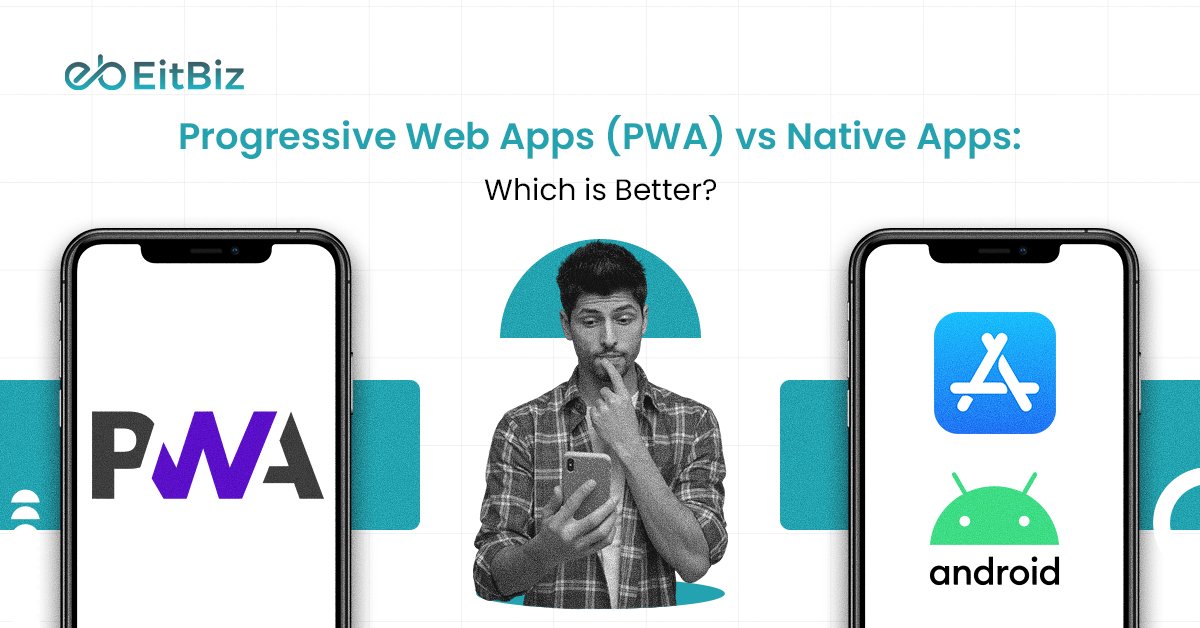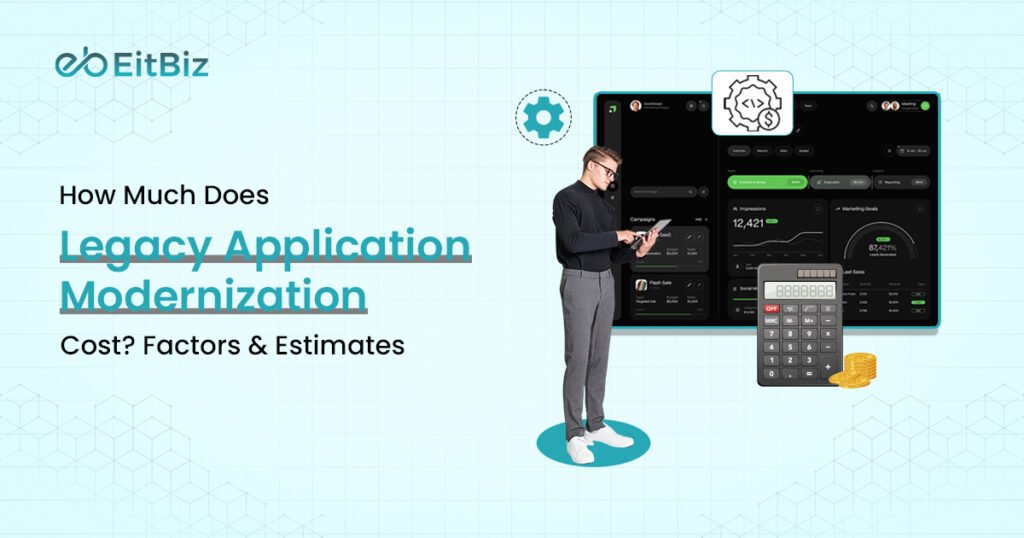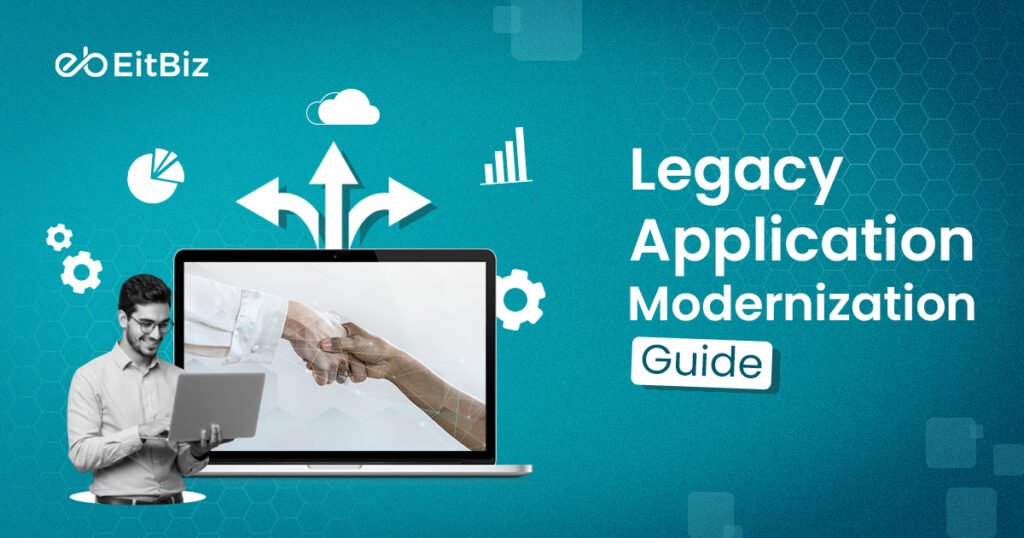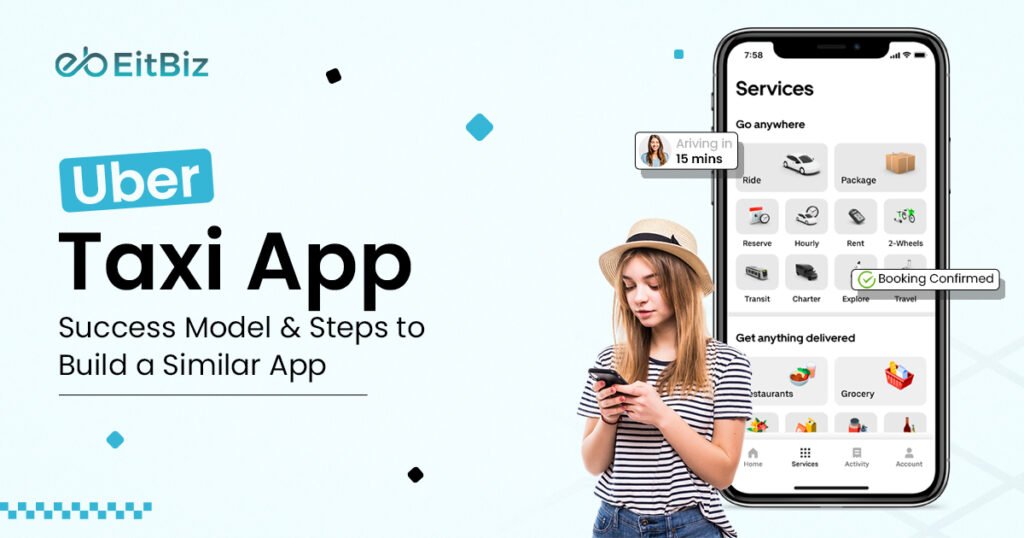So, you have an app idea, right?
But what if I tell you that “It’s not enough”! Yes, you heard it right!
No matter what kind of app you want to build, choosing the right type still cannot be overlooked!
But if you’re confused between “Progressive Web App (PWA) and Native Apps” for web app development, you’re not alone!
Everybody has got the same problem, but you know what?
After reading the post, you will get to know the real winner of the battle of Progressive Web Apps (PWAs) vs. Native Apps.
Though the last few years have been quite favorable to PWAs and native apps, it’s time to ask yourself-Should you consider PWAs or Native Apps for web app development?
Without further ado, let’s dive into each of them in detail!
What are PWAs?
What are PWAs? To put it simply, PWAs are dedicated web apps that can work seamlessly on any device, no matter it’s a desktop, mobile, or tablet. Just like a website, PWA apps offer a native-like experience to customers. Furthermore, users can easily install these apps on the home screen and quickly access the app without visiting the app store.
But now the question is: Why are businesses going crazy over “PWAs?”
Well, the stats don’t lie!
- The global progressive web app market is all set to reach USD 9,425.9 million by 2030. (Source: Grand View Research).
- Popular app, Tinder successfully reduced its app’s loading time from 11.91 seconds to 4.68 seconds with PWA. (Source: Microsoft Learn).
- Companies that use PWAs experienced a significant rise in mobile sessions by nearly 80%, page views by nearly 134% and overall engagement by 137%. (Source: Forbes).
Now that you get to know the popularity of PWAs, it’s time to understand their benefits, too!
What are the Benefits of Progressive Web Apps (PWAs)?
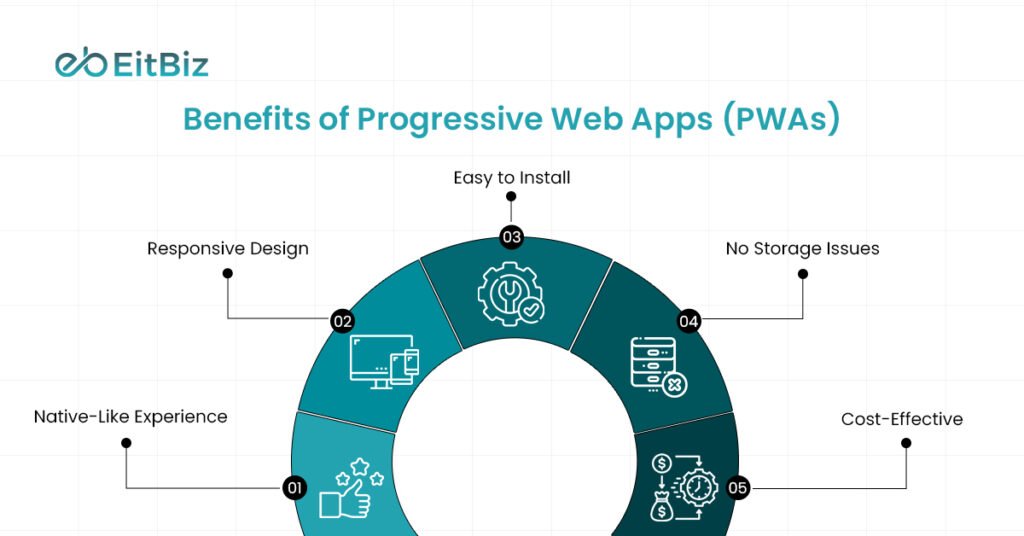
Here are the benefits of PWAs.
Benefit #1: Native-Like Experience
One of the biggest benefits of PWAs is that they can even work in offline mode, even if there’s no internet connection. The best part is that these PWAs are installable on the home screen and use mobile-specific navigation, which ultimately gives the user a native-like experience.
Benefit #2: Responsive Design
Another major highlight of PWA is that it comes with a responsive design, which simply means that it can run on almost all mobile devices, desktops, tablets, or laptops. A PWA can easily operate on a Google as well as on a Windows computer. On the other hand, a native app built for iPhone cannot run on Android.
Benefit #3: Easy to Install
Another major benefit is that users don’t need to go through the complex installation process, unlike the native app. Furthermore, they are not required to explore the purchase step in an app store. Instead, they can stay within the browser and access the desired content.
Benefit #4: No Storage Issues
With PWAs, you don’t need to worry about storage. Unlike native apps, these PWAs are lightweight and consume very little space without consuming too much data. Furthermore, these PWAs offer a native app-like experience while keeping storage issues at bay.
Benefit #5: Cost-Effective
Because the progressive web app has to be built only once, it’s relatively cost-effective compared to native apps. Furthermore, it is compatible with most browsers and platforms, which makes it a versatile option. Not to forget that its single codebase reduces development cost to a great extent.
Now that you have learned about PWAs, it’s time to shed some light on their contender, i.e., “Native Apps”!
What are Native Apps?
In simple terms, native apps are the apps that run on a specific mobile OS to offer enhanced performance and a wide range of features. Let’s say you build a native app for Android, then it will not run on iOS. To keep it simple, most apps that users download from the Google Play Store or Apple Store are native apps.
The most highlighted aspect of native apps is that these apps can easily access all features on the device, including the camera, contact list, GPS, compass, accelerometer, etc.
Just like we did for PWAs, it’s time to measure the popularity of native apps, as well!
- There are more than 2.87 million apps on the Google Play Store and around 1.96 million apps on the Apple App Store.
- Native apps deliver enhanced performance as compared to web apps. (Source: Amazon Web Services).
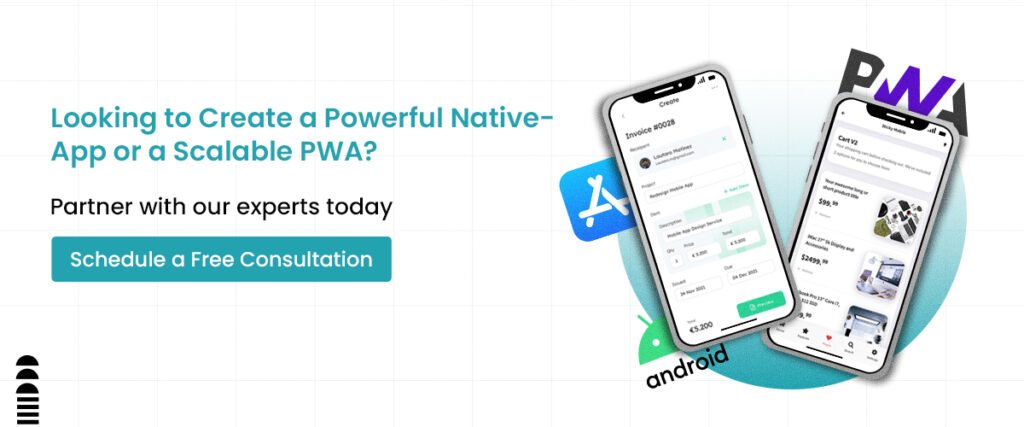
What are the Benefits of Native Apps?
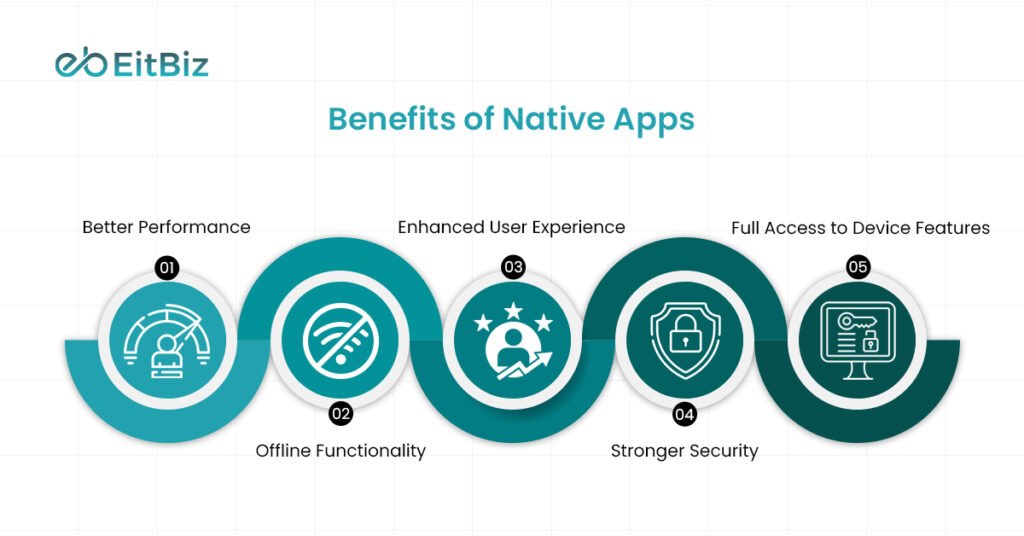
#1. Better Performance
Native apps are built specifically for a platform (iOS, Android, etc.), so they run faster, smoother, and more efficiently compared to hybrid or web apps.
#2. Enhanced User Experience (UX)
Since they follow the design guidelines of the platform, native apps provide a consistent look, feel, and interaction pattern that users are already familiar with.
#3. Full Access to Device Features
Native apps can easily integrate with device functionalities like the camera, GPS, microphone, push notifications, and sensors, offering richer features.
#4. Stronger Security
Native development allows apps to take advantage of built-in security features of the operating system and platform-specific best practices, ensuring better protection of user data.
#5. Offline Functionality
Native apps can store content and data locally on the device, allowing users to access core features even without an internet connection.
Progressive Web Apps (PWAs) vs Native Apps: Key Differences
| Feature / Aspect | Progressive Web Apps (PWAs) | Native Apps |
| Platform Dependency | Work across all platforms via a browser (platform-independent). | Built specifically for each platform (iOS, Android, etc.). |
| Installation | Installed directly from the browser, no app store required. | Downloaded and installed from app stores (App Store, Google Play). |
| Performance | Good, but may be slower due to browser limitations. | High performance, optimized for the device and OS. |
| Access to Device Features | Limited access (some APIs like camera, GPS, push notifications, but restricted). | Full access to device hardware and OS features (camera, sensors, Bluetooth). |
| User Experience (UX) | Consistent across platforms but less “native-like.” | Tailored UX that follows platform-specific design guidelines. |
| Offline Capability | Limited; works offline using cached content via service workers. | Strong; can store large amounts of data locally and function fully offline. |
| Development Cost | Lower; one codebase works everywhere. | Higher requires separate development for each platform. |
| Updates | Updates automatically in the browser. | Users must update via the app store. |
| Distribution | Accessible via a URL, easy sharing. | Distributed through app stores with visibility but requires approval. |
| Security | Secured via HTTPS but limited compared to native OS-level security. | Stronger; can use built-in platform security features. |
Final Thoughts
Both Progressive Web Apps (PWAs) and Native Apps have their advantages depending on your business goals. PWAs are cost-effective, easy to maintain, and great for reaching a wider audience, while Native Apps deliver unmatched performance, security, and user experience with full access to device features. The right choice depends on whether you prioritize reach and affordability (PWAs) or performance and deeper engagement (Native Apps).
At EitBiz, we specialize in building cutting-edge PWAs and high-performance Native Apps tailored to your business needs. Whether you want a scalable web-first solution or a feature-rich native experience, our expert team ensures seamless design, robust functionality, and future-ready technology to help your business thrive in the digital landscape.
Have an app project in mind? If so, simply visit EitBiz today, or you can call us at +1(317)463-7064 and get in touch with our experts today!
